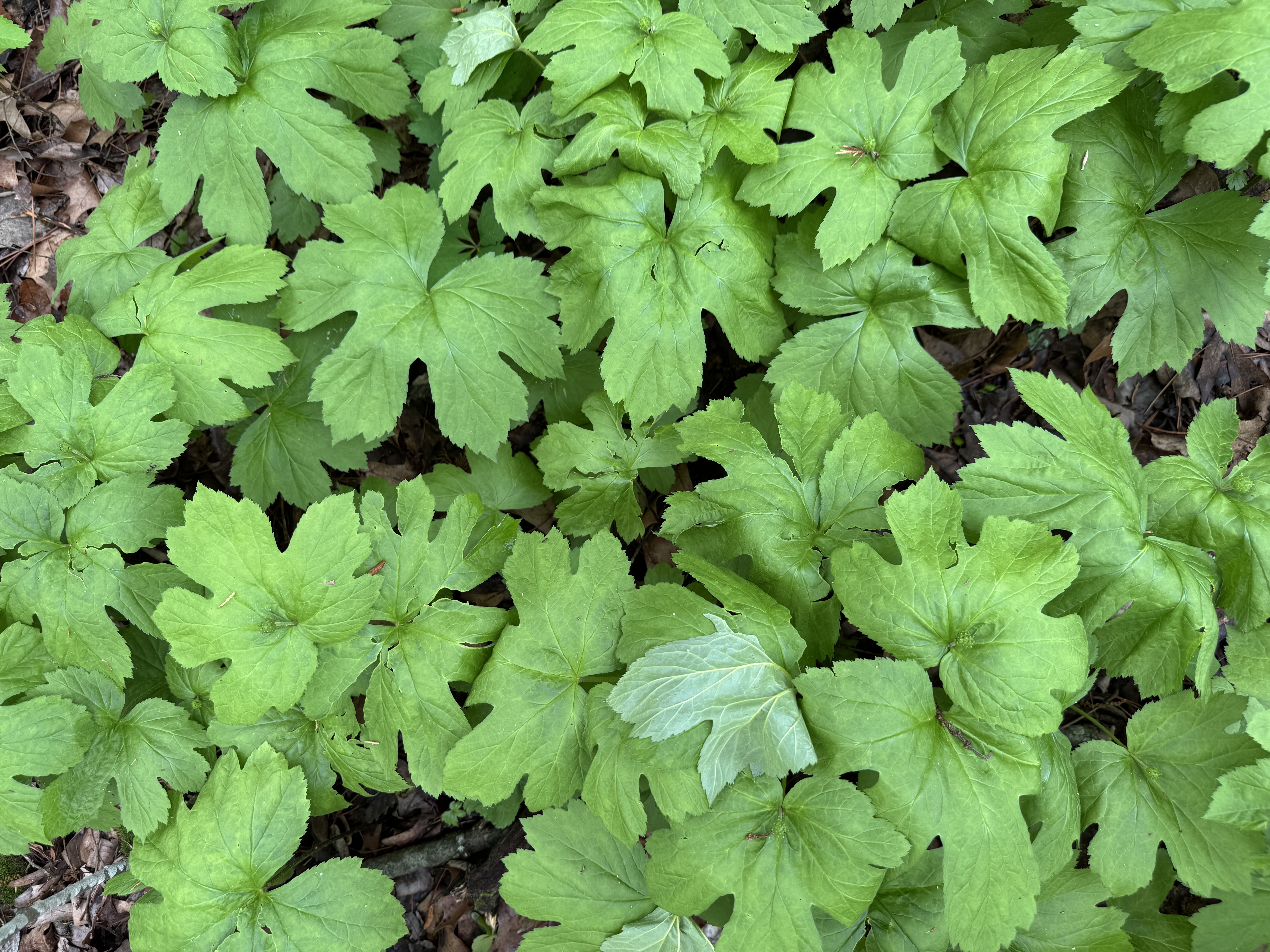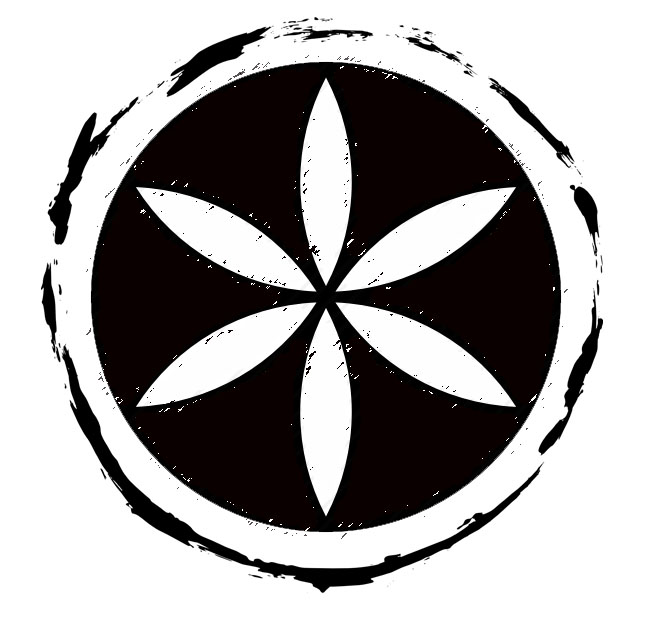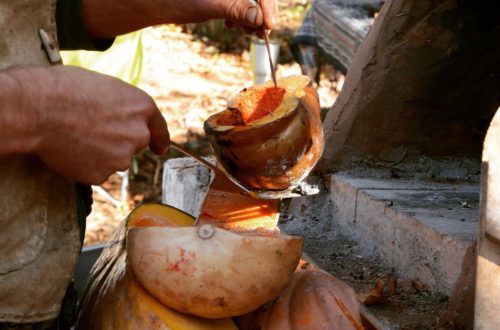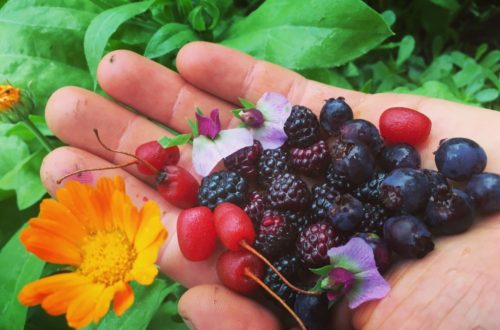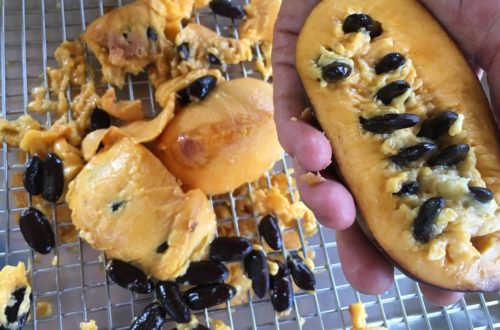Being the Human Hands for Goldenseal
Goldenseal, Yellow Root, Hydrastis canadensis. It is a plant that has gone by many names and is called Yellow Root for its bright golden yellow root due to the berberine, a potent medicinal component which I’ll include more information on below. Overharvested in the past for its medicinal gifts (alongside ginseng), goldenseal is native and easy to grow in its range where the natural habitat remains intact. It also has a long history of simulated cultivation and for more information on its cultivation I recommend the book Growing and Marketing Ginseng, Goldenseal and other Woodland Medicinals by Jeanine Davis and W. Scott Persons. Because of its history of overharvest and previous listing as an endangered species, harvest from public lands is typically illegal.
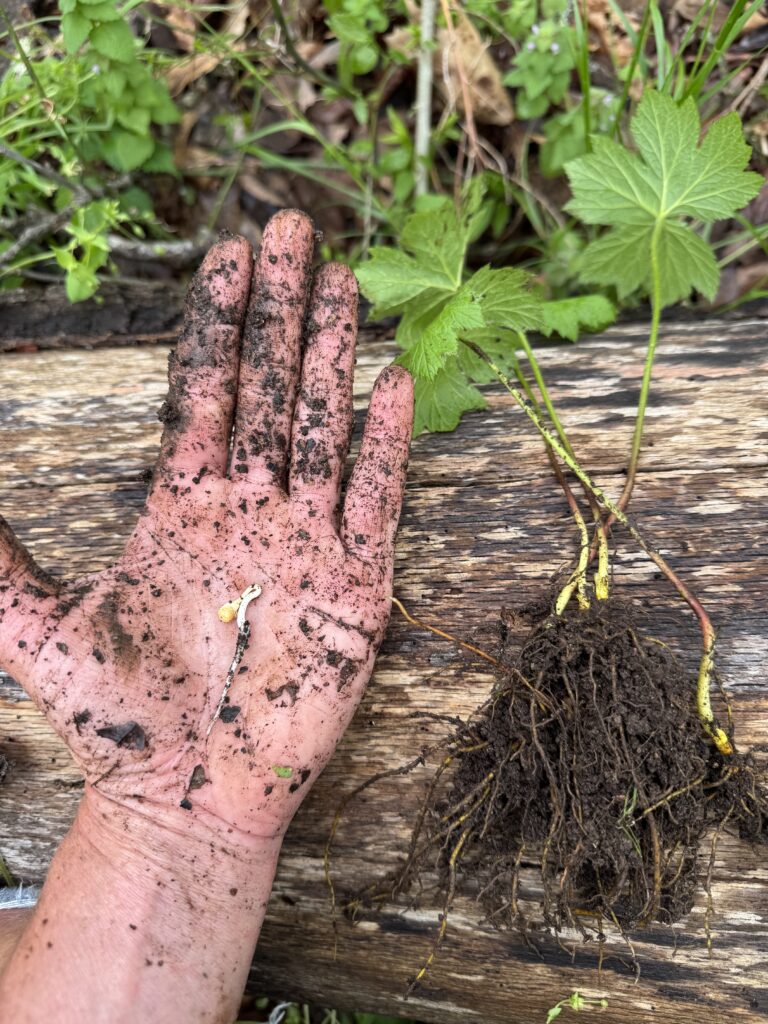
As the only member of its genus, the plant has a unique and characteristic essence and it is well worth cultivating a patch of your own, especially if you live in an area where it is endemic. I have experienced it an easy plant to grow in the shady understory of my forest here in the Ozarks and will share more on that below. Given its history of overharvest, it feels really good and healthy to cultivate a relationship with this plant to ensure its repopulation after it was so threatened by settlers (people indigenous to its native range fostered reciprocal relationships with it.)

In my own experience growing goldenseal, I have found birds and potentially other forest creatures to be great allies in the expansion and proliferation of my patches. Nestled in the Ozarks of south central Missouri, I reside on a knob with a typical oak/hickory forest characteristic of this bioregion. In 2017, I planted over 100 goldenseal rhizomes from my neighbor, Vinnie at Elixir Farms (and many from a grower friend of hers in Arkansas), in a large patch in the forest understory on a north facing slope with over 75% shade cover. I wanted to ground the species on my land as I hadn’t seen any in the area. My original goal was not to cultivate the plant for sale; once the plants reached a maturity level where I could divide the rhizome, I wanted to make goldenseal tincture available to people. I have done that in the past, and after a gallon batch, I let the patch rest and mature. I also wanted to proliferate strong populations here on the land, doing my part to bring goldenseal back to areas where it was once an abundant understory medicinal.
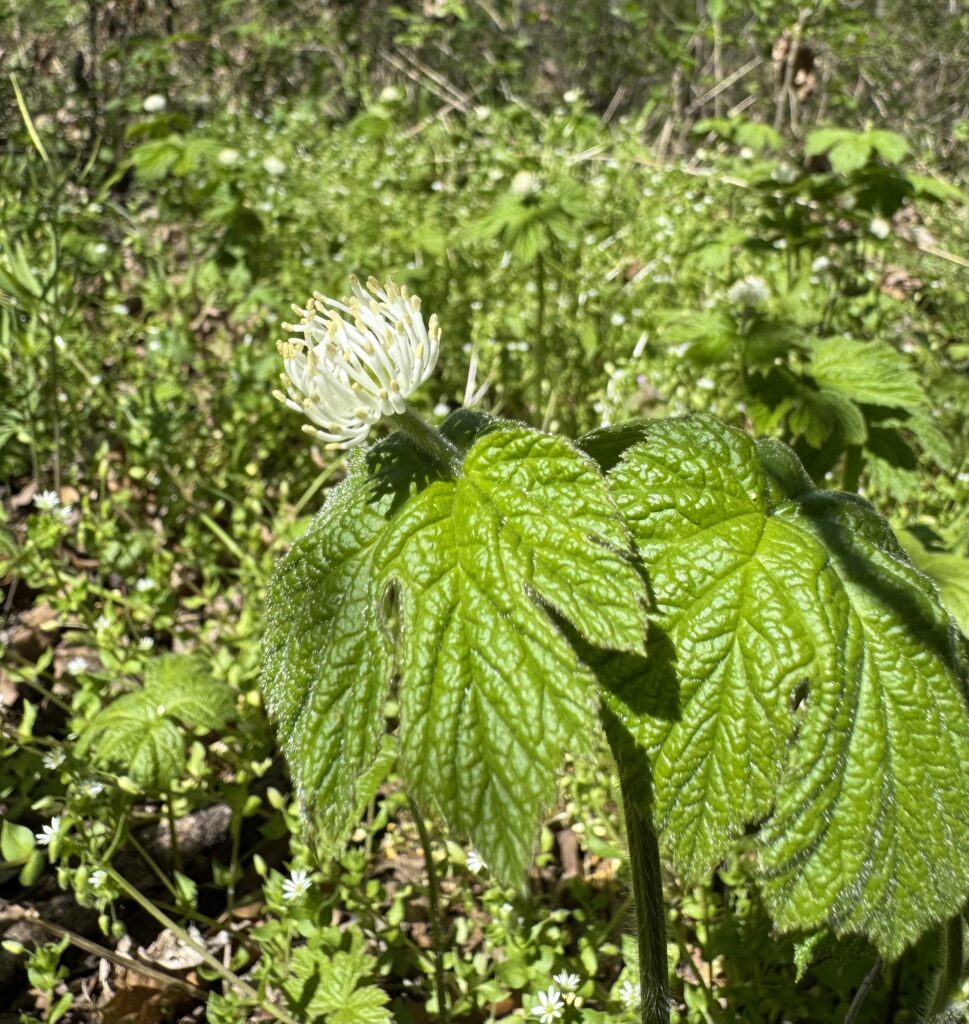
One day as I was doing dishes at the sink in the outdoor kitchen looking out toward the forest, I spotted something red. As I went over to check it out, I discovered a goldenseal patch (already producing berries signifying that it was at least 3 years old) that I definitely did not plant. It must have been the birds or potentially some critter moving the rhizomes underground (the new planting was a good 300 ft from the original.) Over the years, I have seen at least 3 new patches independent of my original planting that have been sourced and spread by winged or four legged ones. And these patches have done better and been more robust and prolific than my original planting. It is noteworthy to mention that none of them are on a north facing slope, a common instruction given to those forest planting goldenseal.
It has been a joy and delightful relationship to watch goldenseal repopulate this forest so easily. To have other creatures’ help in it has shared a deep wisdom with me of the interconnectedness of the actions we set in motion that impact the whole web of life.
The original planting and other dispersed patches are quite mature and overcrowded or nearing that point and this fall (2025), I have decided to dig and separate rhizomes which I will offer for sale, as well as continue spreading it on my land and in my local area. I would love to be a set of human hands and voice that can be an ally in creating a healthy goldenseal culture in the Ozarks (and beyond). To this end, I write this article and spread the ease and joy I have had growing goldenseal in my forest.
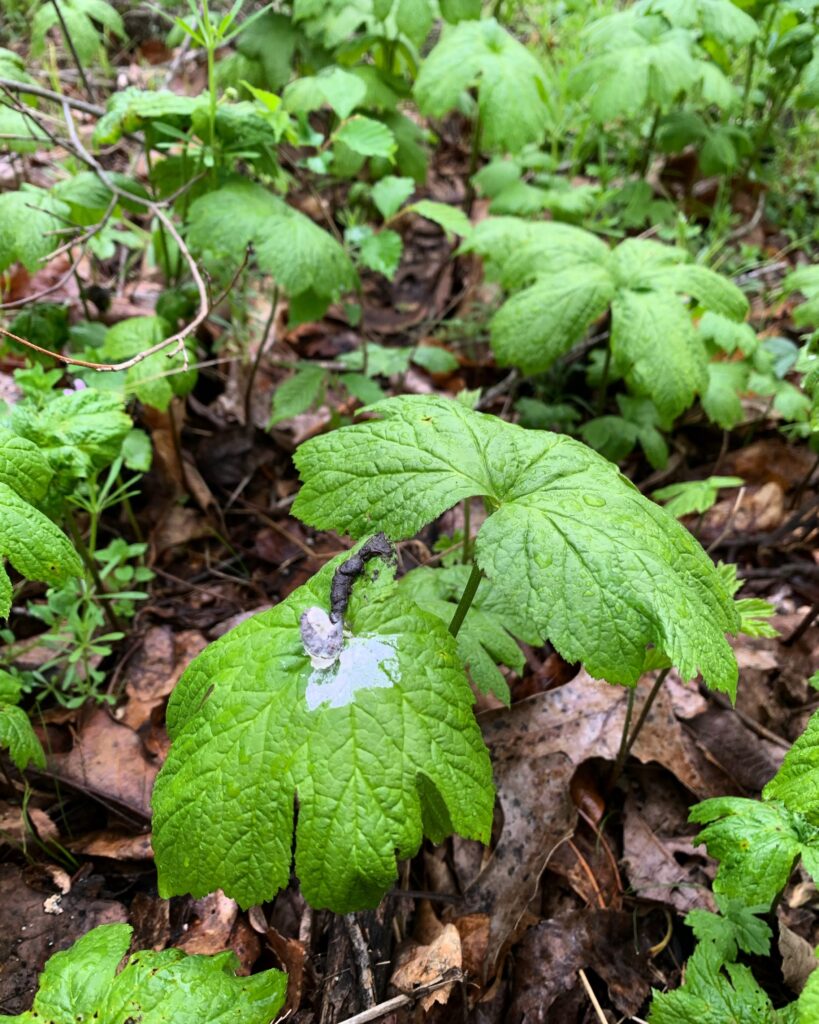
If you look at a goldenseal root, known as a rhizome, it is layered and knobby (reminscent of the Ozark mountains where it grows) with long root tendrils growing into the soil. All parts are medicinal and at certain junctions, the rhizome will develop buds that send the aerial parts up through the soil into the light of day. As mentioned, I have found that the berries have propagated themselves into my forest without any effort on my part. The Ozarks are ripe and ready to repopulate with goldenseal and you, dear reader, can play as big a part in that as you wish. Beyond seeds within the red fleshy berry propagating, one can also divide the rootlets and it is these that I offer for sale.
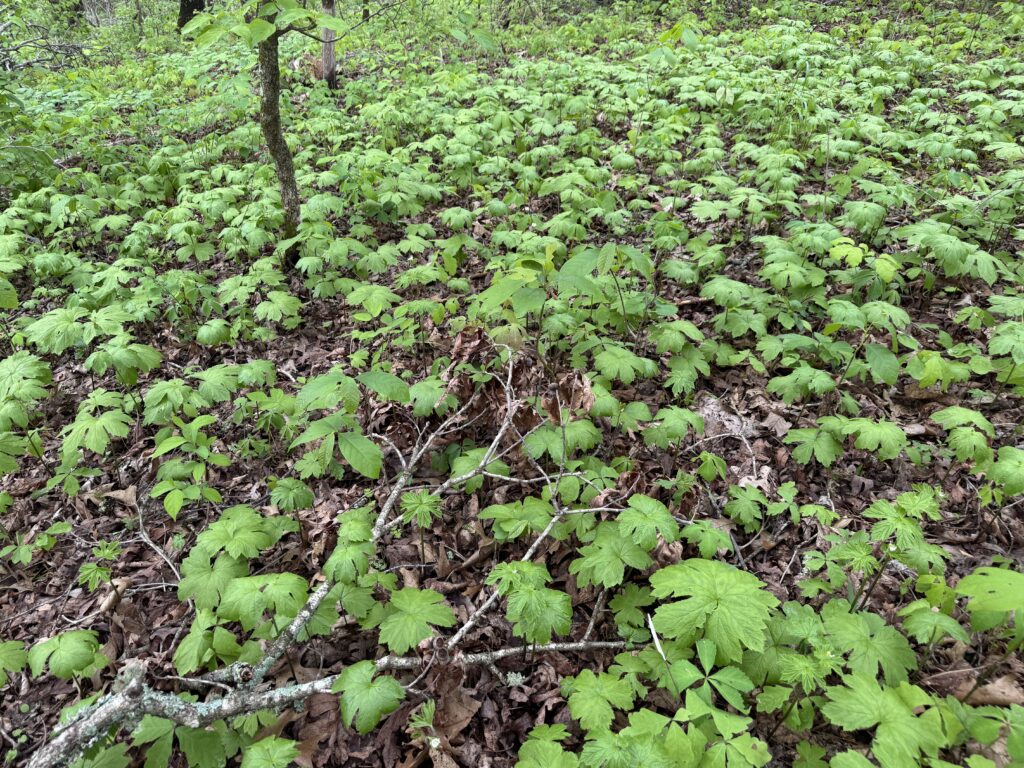
Beyond the fostering of a healthy human relationship with goldenseal to repopulate the forests to which it is native, it boasts an impressive medicinal constituent, berberine. It is easy to tend a patch and utilize some for medicine, while cultivating its expansion. I find Stephen Buhner’s book Herbal Antibiotics to be one of the best researched books on the subject of the medicinal antibiotic elements of berberine. His chapter on The Berberines has the following properties list for berberine containing plants.
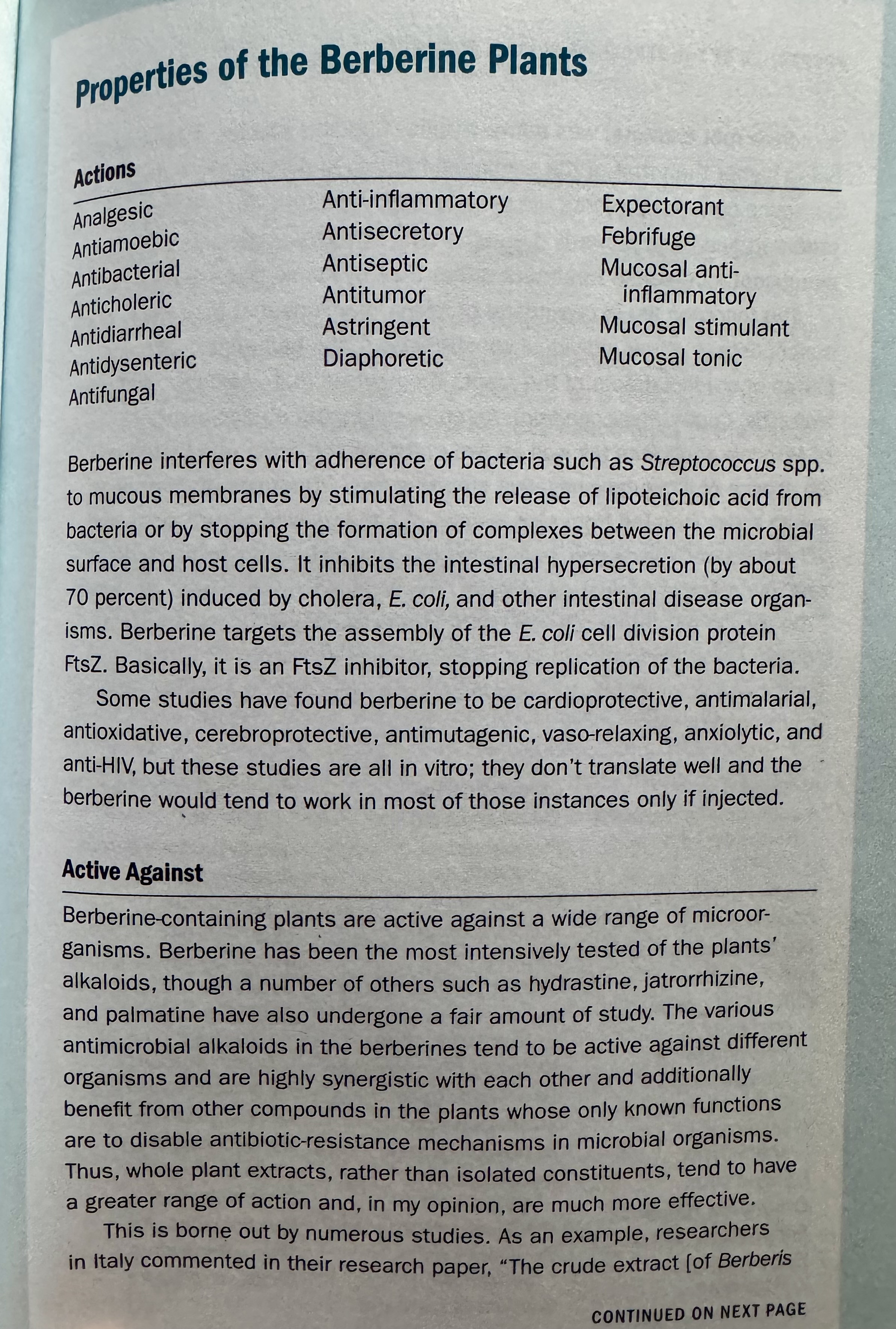
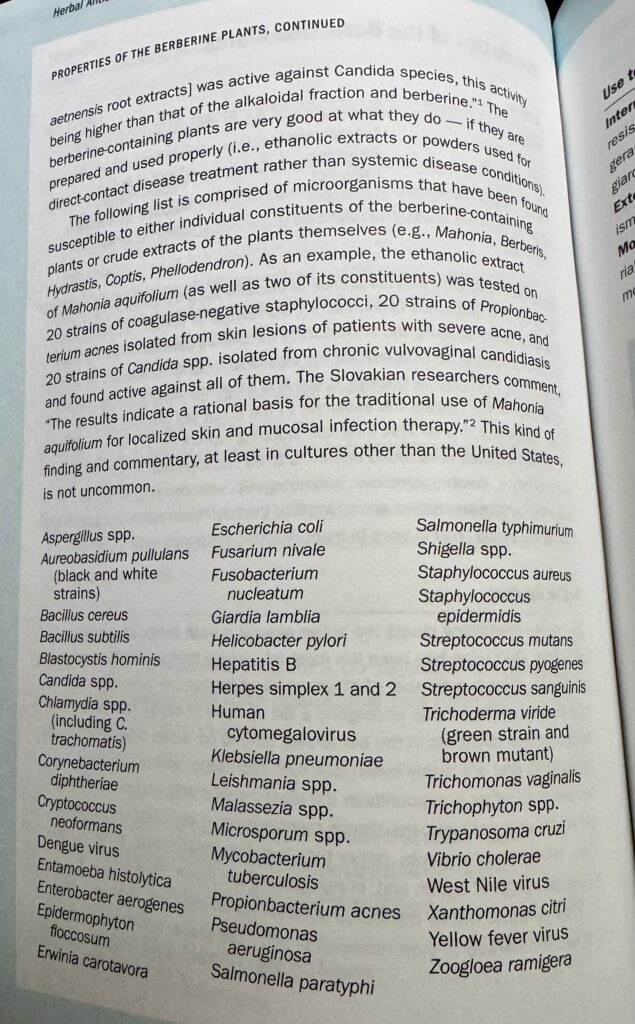
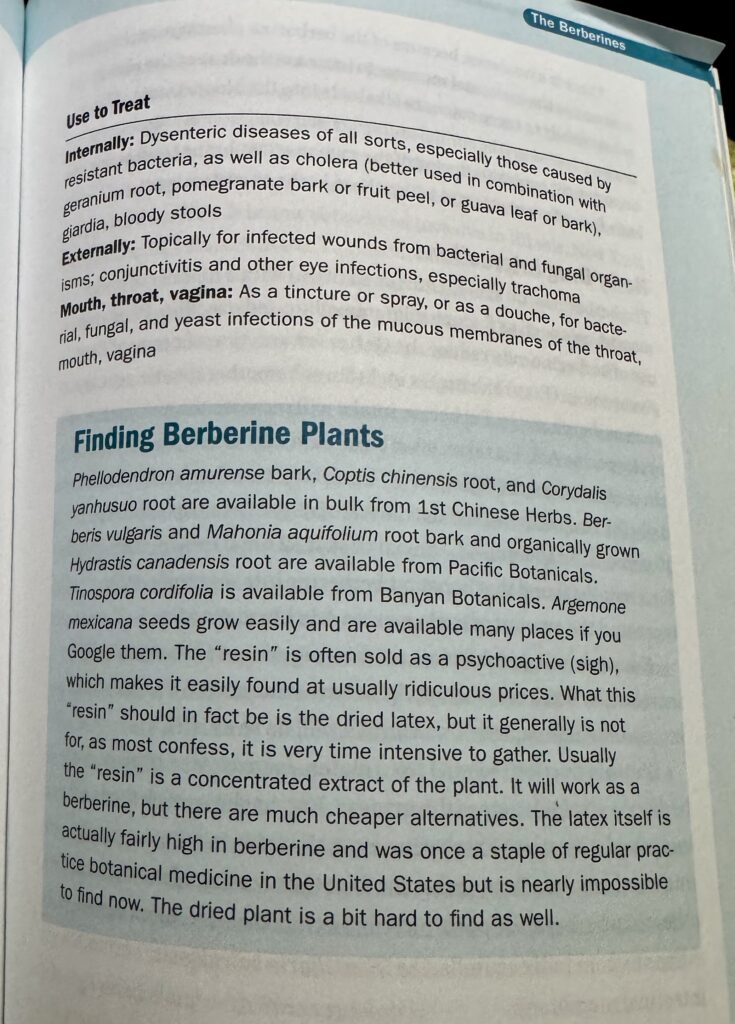
He also makes a point to differentiate between antibiotics that can pass the GI tract membrane and concludes that berberine containing plants do not do this, contrary to popular belief. Although it is common lore that goldenseal can be used as a systemic antibiotic (one that crosses the GI tract membrane to go into the bloodstream), their use is limited to the GI tract itself or the skin. Neverless, as you can see from the properties list above, berberine is a versatile antibiotic and deserves a spot in every herbal first aid kit.
If you have been curious about goldenseal and would like to start a patch yourself, as mentioned, I’ll have rhizomes available this fall (2025) so stay tuned. May we be the human hands that help this beautiful plant repopulate the Ozarks.
